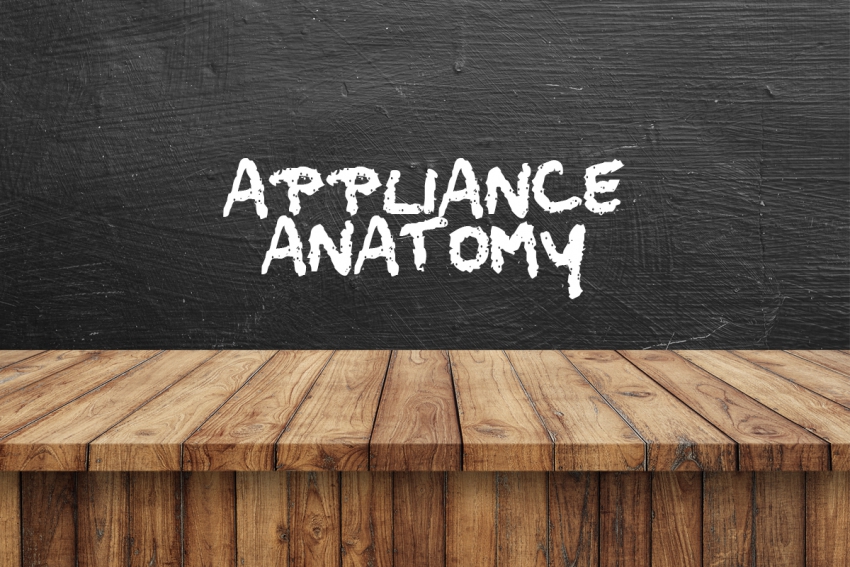• Compressor
• Heat-exchanging pipes - serpentine or coiled set of pipes outside the unit
• Expansion valve
• Heat-exchanging pipes - serpentine or coiled set of pipes inside the unit
• Refrigerant - liquid that evaporates inside the refrigerator to create the cold temperatures
Many industrial installations use pure ammonia as the refrigerant. Pure ammonia evaporates at -27 degrees Fahrenheit (-32 degrees Celsius).
The basic mechanism of a refrigerator works like this:
1. The compressor compresses the refrigerant gas. This raises the refrigerant's pressure and temperature (orange), so the heat-exchanging coils outside the refrigerator allow the refrigerant to dissipate the heat of pressurization.
2. As it cools, the refrigerant condenses into liquid form (purple) and flows through the expansion valve.
3. When it flows through the expansion valve, the liquid refrigerant is allowed to move from a high-pressure zone to a low-pressure zone, so it expands and evaporates (light blue). In evaporating, it absorbs heat, making it cold.
4. The coils inside the refrigerator allow the refrigerant to absorb heat, making the inside of the refrigerator cold. The cycle then repeats.
This is a fairly standard and somewhat unsatisfying explanation of how a refrigerator works. So let's look at refrigeration using the example below to understand what is truly happening.

